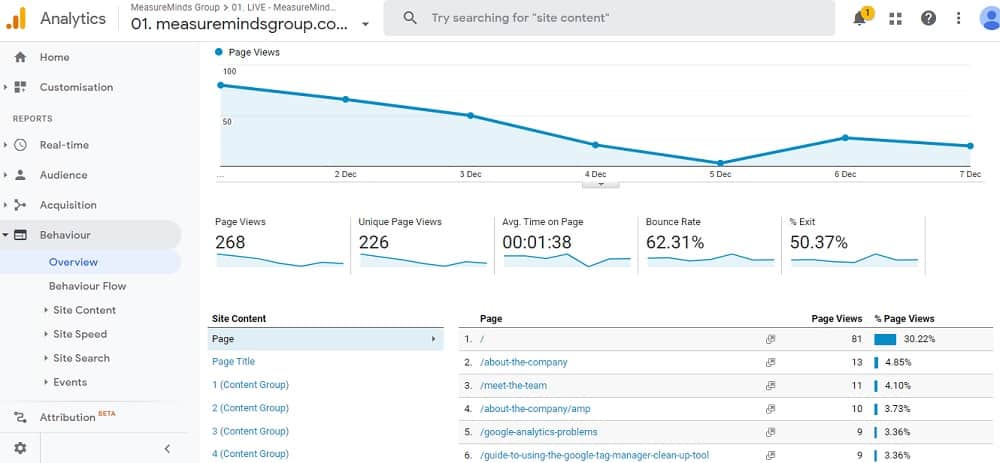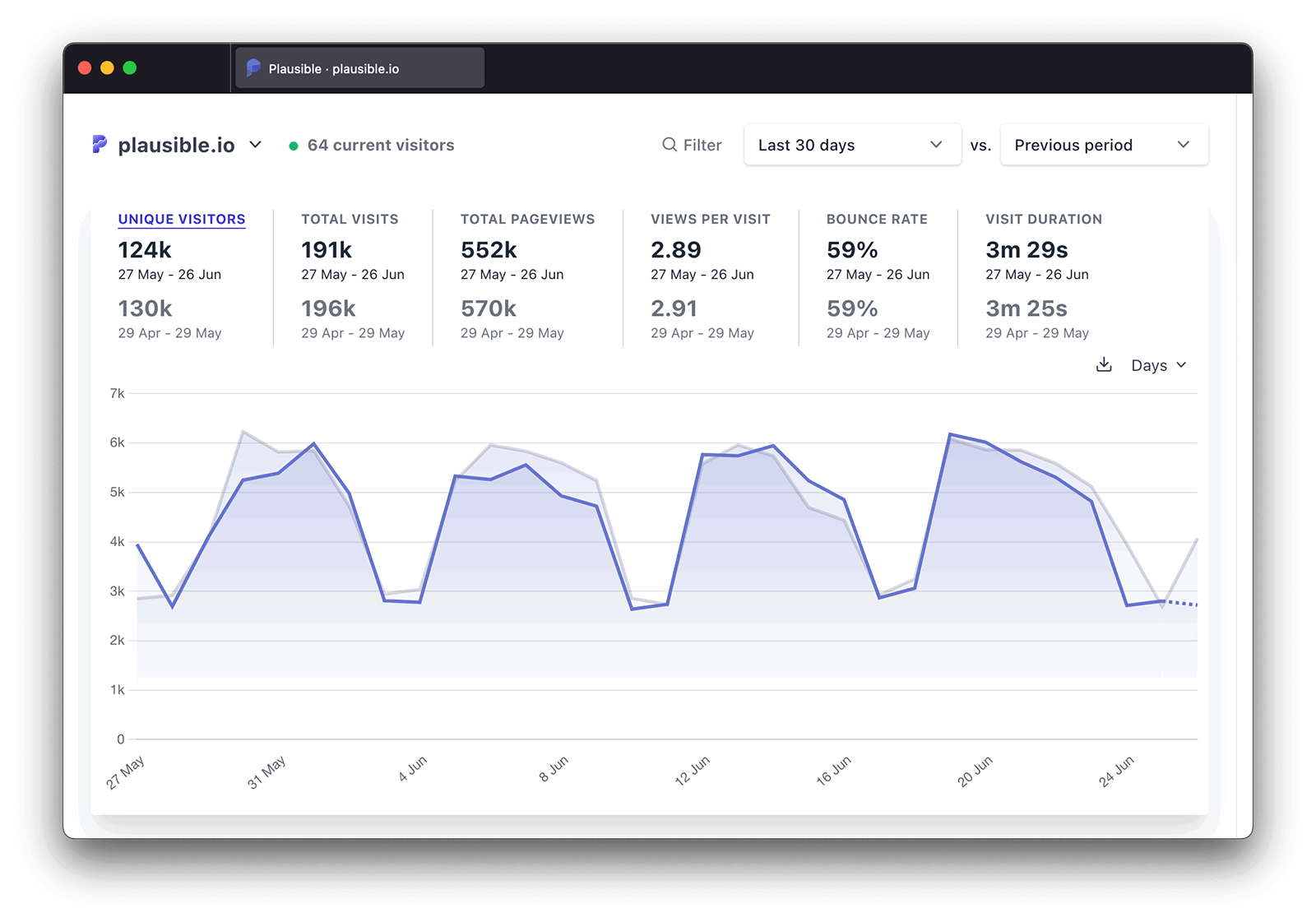Master Site Insights With Accurate Google Analytics Monitoring Code
The reliable use of Google Analytics pivots on the precise application of its tracking code, a basic step frequently forgotten by site owners. This seemingly simple JavaScript snippet, when correctly placed, ends up being the foundation of information collection, giving understandings into individual habits and website efficiency. Nonetheless, obstacles can occur throughout configuration, possibly skewing the information and bring about mistaken choices. Understanding these complexities is important for maximizing the advantages of analytics. What are the usual challenges that could weaken your monitoring initiatives, and exactly how can you guarantee precision in your method?
Comprehending Google Analytics Essentials
Google Analytics is an important device for site owners and marketing experts, providing important insights into user behavior and website efficiency. At its core, Google Analytics collects information regarding site visitors to a website, allowing customers to analyze metrics such as traffic sources, customer involvement, and conversion prices. Recognizing these principles is essential for enhancing a website's performance and improving user experience.
The platform utilizes cookies to track interactions, recording data such as page views, session periods, and bounce rates. This info is accumulated and offered via adjustable control panels, enabling users to picture trends over time. Key efficiency indications (KPIs) can be kept track of, such as the complete number of customers, brand-new versus returning site visitors, and the geographic circulation of the target market.
Furthermore, Google Analytics supplies segmentation features, allowing users to separate particular web traffic resources or user demographics for even more targeted analysis. By mastering these foundational components, web site owners can make enlightened choices concerning content approach, advertising campaigns, and total website enhancements. Inevitably, comprehending Google Analytics basics is vital for leveraging information to drive growth and accomplish company objectives effectively.
Establishing Your Tracking Code

Copy the supplied tracking code and paste it into the HTML of your web site. Ideally, this code should be positioned in the header section of every page you desire to track. This makes certain that the tracking code lots prior to any type of other material, enabling it to record data accurately. There are plugins offered that simplify the combination procedure. if you are using a material administration system (CMS) like WordPress.
After installation, verify that the monitoring code is operating appropriately by utilizing Google Tag Aide or the Real-Time reports in Google Analytics - when does the google analytics tracking code send an event hit to analytics?. This action is vital to validate that your data collection is exact and energetic, setting the foundation for insightful evaluation
Usual Tracking Code Issues
This might take place when the tracking code is put in the wrong section of the web site's HTML, commonly leading to missing or incomplete data. Furthermore, having numerous circumstances of the monitoring code on a solitary web page can result in inflated metrics, as customer communications could be counted more than once.
One more concern emerges from making use of advertisement blockers, which can avoid the tracking code from carrying out completely, thus skewing information. when does the google analytics tracking code send an event hit to analytics?. Additionally, failing to set up filters appropriately can lead to the exemption of important traffic sources or the inclusion of unwanted referral spam, misshaping the information accumulated
Web site proprietors may likewise neglect the significance of tracking code updates, especially when moving to Google Analytics 4 (GA4) from Universal Analytics. Last but not least, not enough screening prior to introducing modifications can lead to undiscovered errors in the monitoring code, better making complex data reliability. Addressing these common concerns is critical for making certain exact tracking and insightful analytics.
Analyzing Website Information Successfully
Accurate information collection is only the initial step in leveraging Google Analytics; the genuine value hinges on properly examining that data to drive informed decision-making. To accomplish this, it is vital to determine key efficiency indications (KPIs) that align with your business objectives. Concentrate on metrics such as conversion prices, user involvement, and web traffic sources, as these will give understandings into customer behavior and the overall performance of your site.
Utilizing Google Analytics' division attributes permits a much deeper understanding of your audience. By breaking down data right into particular demographics, actions, and traffic channels, you can reveal trends and patterns that educate targeted strategies. Implementing personalized reports and dashboards can simplify this process, allowing fast access to significant data.
In addition, on a regular basis reviewing information patterns gradually aids to identify anomalies and chances for renovation. Utilize visualization tools to present information in a conveniently absorbable layout, assisting in much more reliable communication with stakeholders. Inevitably, the ability to analyze web site information successfully empowers organizations to make my latest blog post tactical decisions that improve individual experience, maximize advertising and marketing initiatives, and drive growth.

Best Practices for Accurate Monitoring
Carrying out efficient tracking techniques is essential for obtaining reliable data in Google Analytics. To ensure precise tracking, begin by correctly setting up the Google Analytics tracking code on every web page of your site. This can be completed with a tag supervisor or by directly installing the code right into the HTML.
Following, configure your Google Analytics account to exclude interior website traffic. This can be done by setting up filters that determine and get rid of visits from your organization's IP address, thereby stopping manipulated information. Additionally, utilize event tracking to keep an eye on specific user interactions, such as downloads or video plays, which common web page sights may neglect.
On a regular basis examine your these details monitoring setup to confirm that all features, such as goals and ecommerce tracking, are functioning correctly. Establish a constant naming convention for your projects and events to facilitate simpler reporting and analysis.
Lastly, consider leveraging UTM criteria for projects to acquire understandings right into the performance of different advertising efforts. By complying with these ideal techniques, you can boost the precision of your data collection and analysis, ultimately resulting in more enlightened decision-making for your internet site.
Verdict
By guaranteeing the monitoring code is correctly positioned and frequently examined, website proprietors can capture crucial user interaction information, thus promoting the recognition of key efficiency indicators. Eventually, a durable tracking structure boosts the capability to drive involvement and improve general internet site performance.

Insufficient testing prior to introducing changes can result in undiscovered errors in the monitoring code, additionally complicating information integrity.Carrying out effective monitoring methods is important for obtaining dependable information in Google Analytics. By making sure the tracking code is appropriately put and on a regular basis investigated, website proprietors can capture essential individual interaction information, therefore facilitating the recognition of key efficiency indicators.